Nasco Healthcare C.H.A.R.L.I.E User manual
Other Nasco Healthcare Medical Equipment manuals
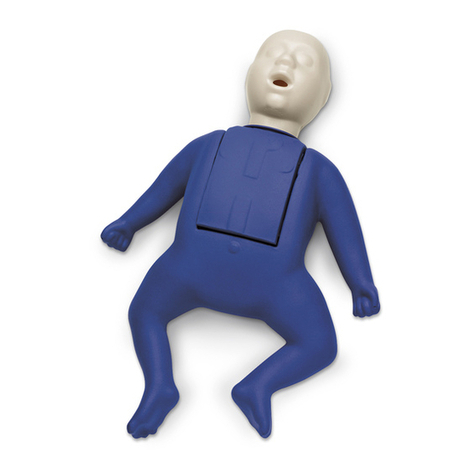
Nasco Healthcare
Nasco Healthcare CPR+ PROMPT INFANT User manual
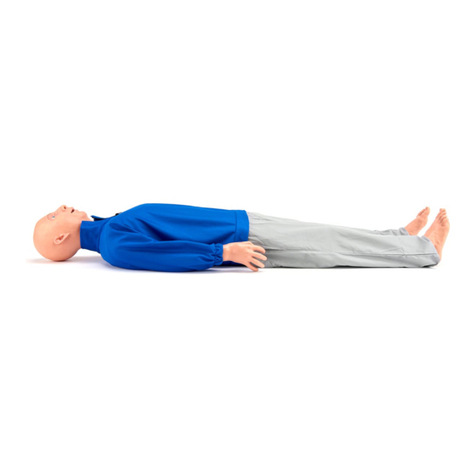
Nasco Healthcare
Nasco Healthcare Simulaids Alex Troubleshooting guide
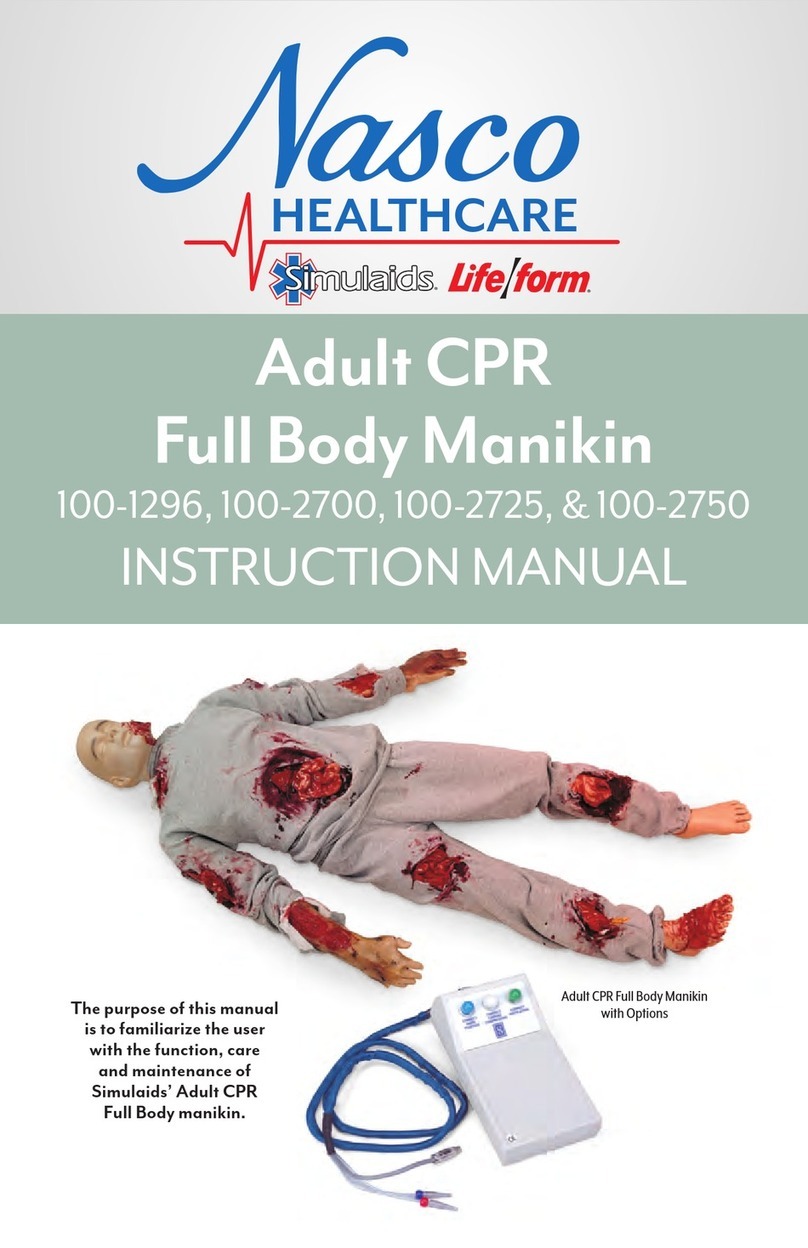
Nasco Healthcare
Nasco Healthcare Simulaids 100-1296 User manual

Nasco Healthcare
Nasco Healthcare 2271 User manual

Nasco Healthcare
Nasco Healthcare 100-2144 User manual
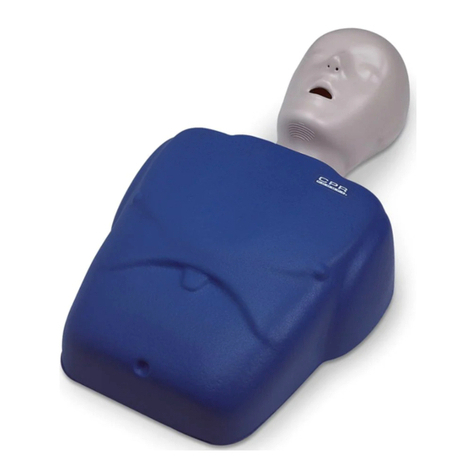
Nasco Healthcare
Nasco Healthcare heartisense CPR PROMPT User manual

Nasco Healthcare
Nasco Healthcare Infant Deluxe 101-130 User manual

Nasco Healthcare
Nasco Healthcare BASIC+BUDDY heartisense AK1G BB User manual
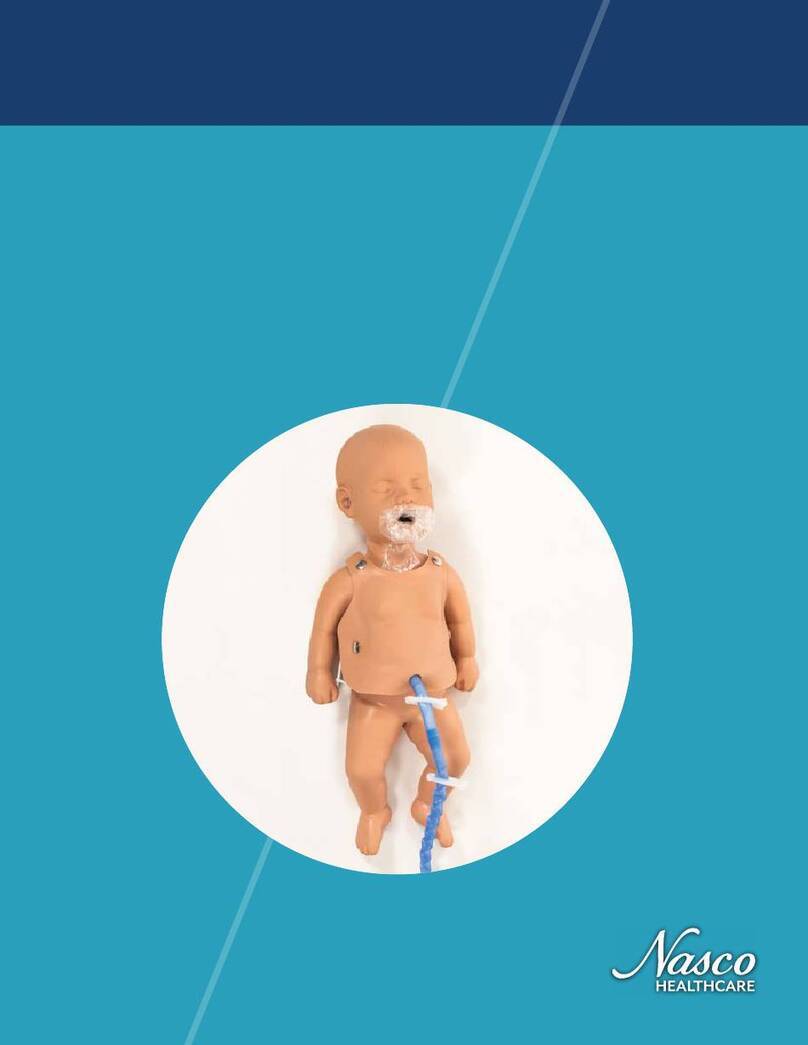
Nasco Healthcare
Nasco Healthcare Neo Nate User manual

Nasco Healthcare
Nasco Healthcare 149-1350 User manual
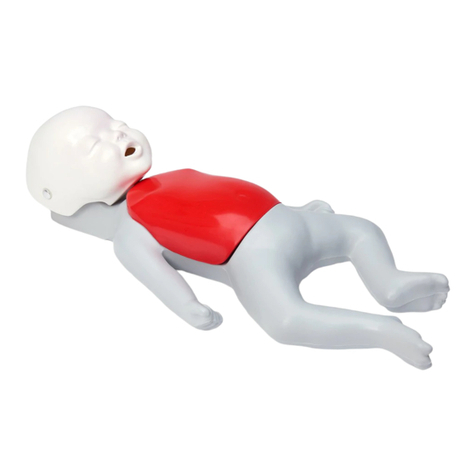
Nasco Healthcare
Nasco Healthcare Simulaids Life/form Baby Buddy User manual
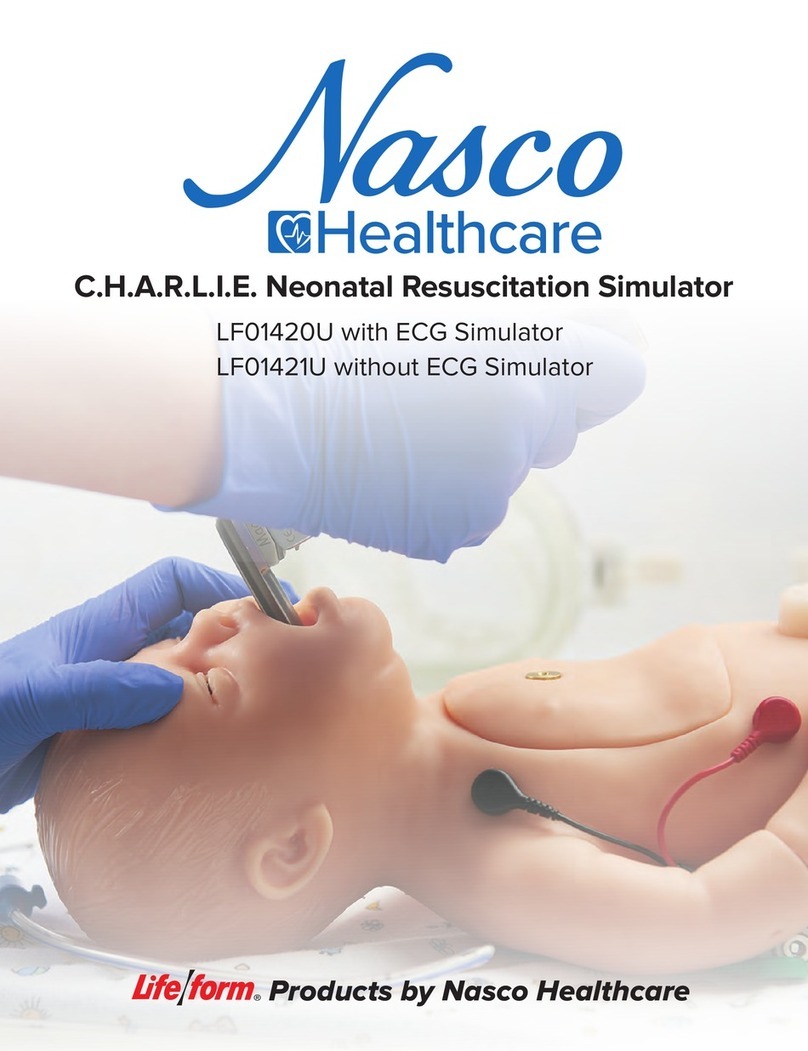
Nasco Healthcare
Nasco Healthcare C.H.A.R.L.I.E. LF01420U User manual
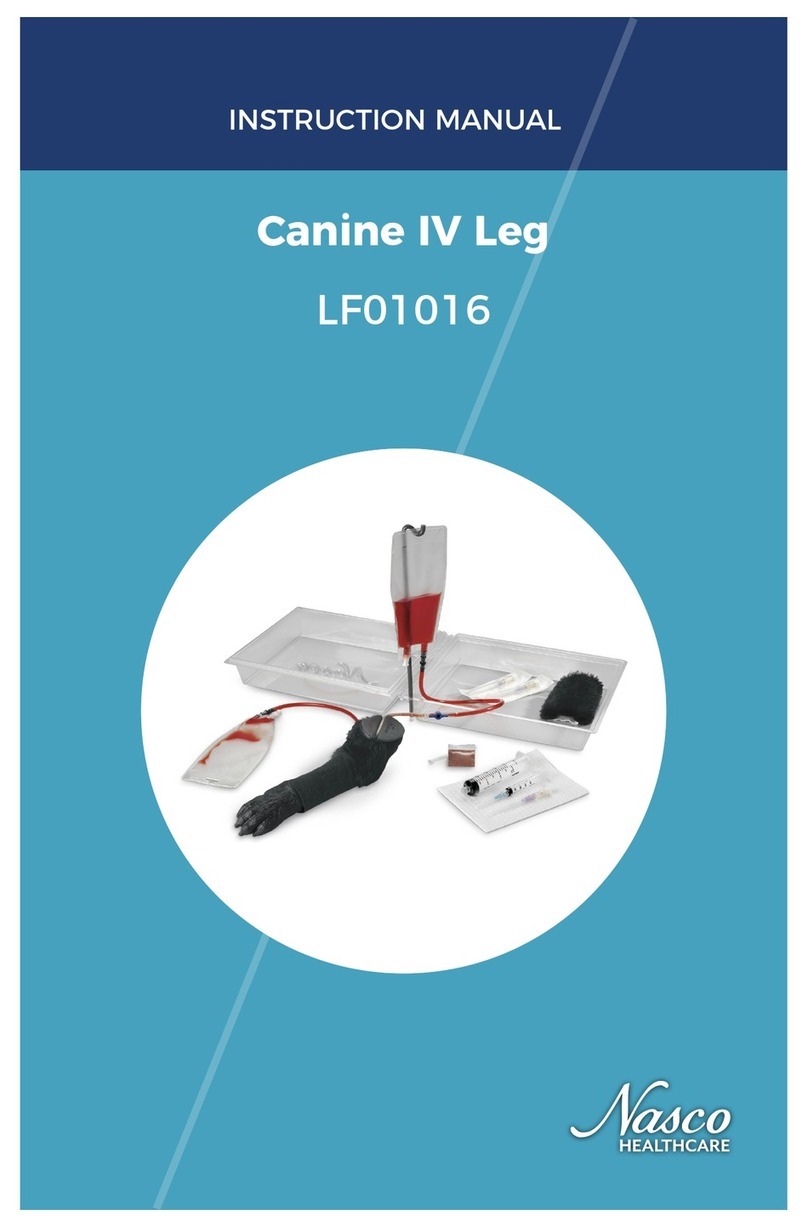
Nasco Healthcare
Nasco Healthcare Canine IV Leg User manual
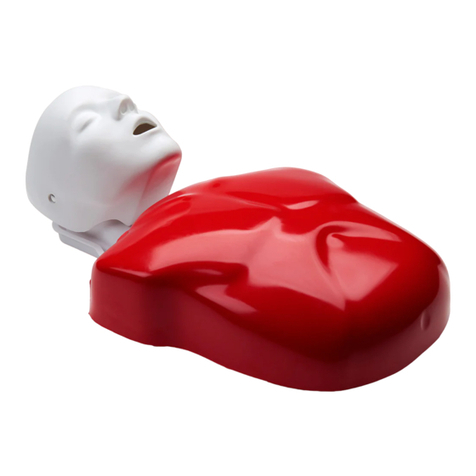
Nasco Healthcare
Nasco Healthcare Basic Buddy LF03693 User manual
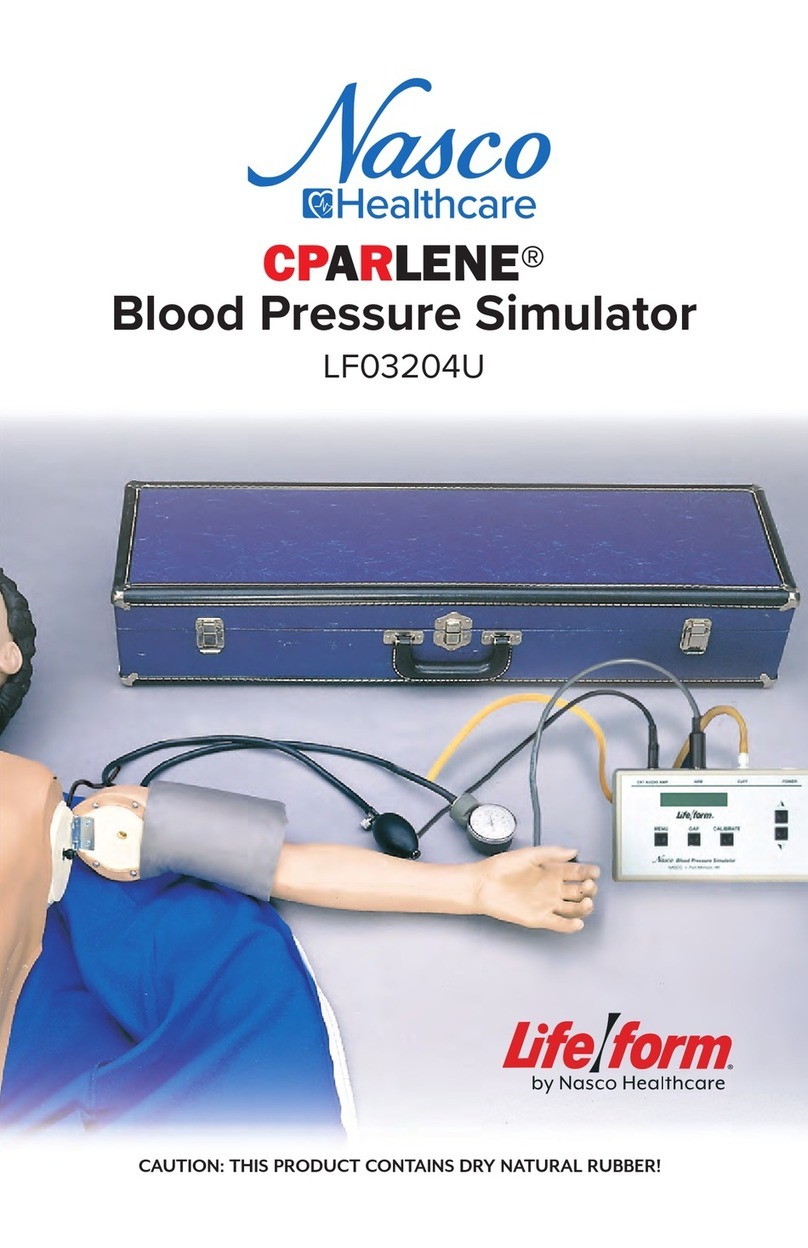
Nasco Healthcare
Nasco Healthcare Lifeform CPARLENE LF03204U User manual
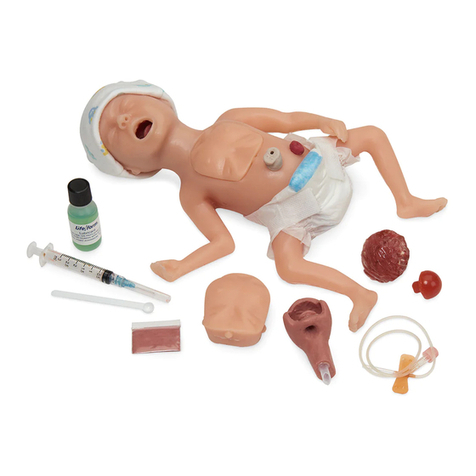
Nasco Healthcare
Nasco Healthcare CPR PREMIE User manual
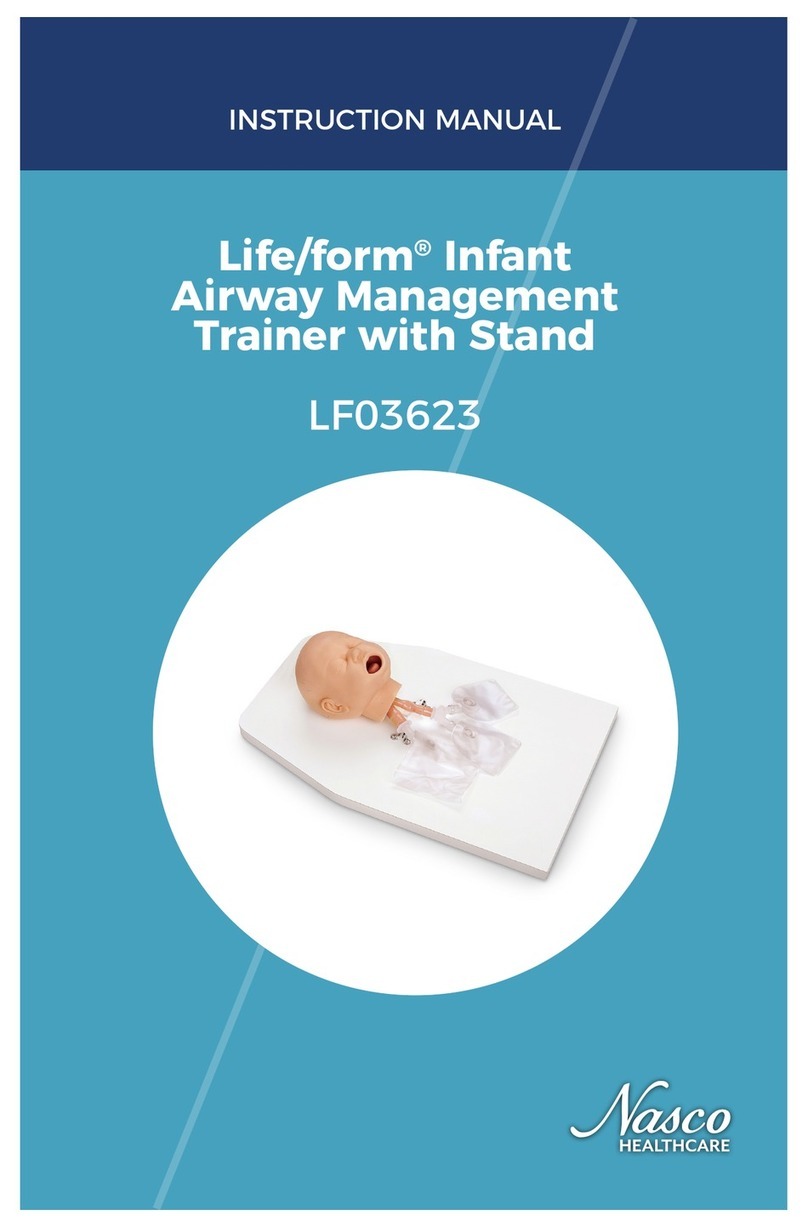
Nasco Healthcare
Nasco Healthcare Life/form LF03623 User manual
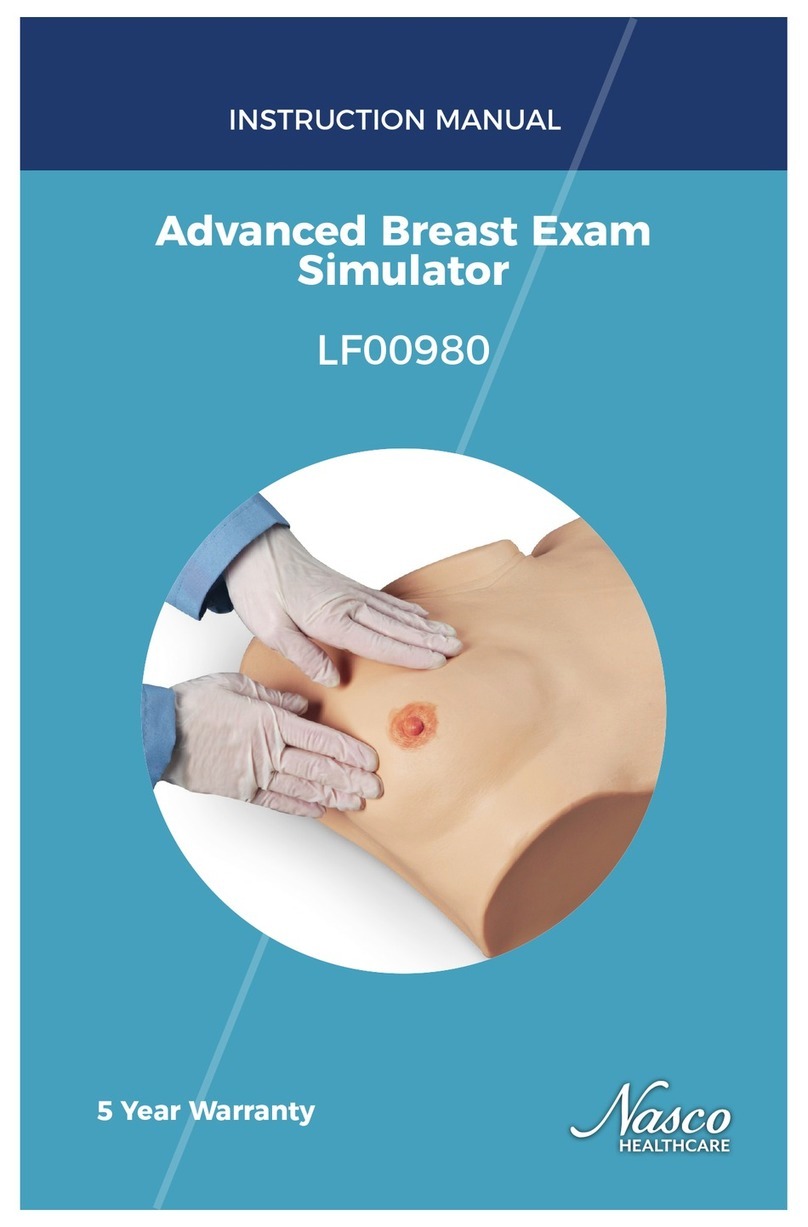
Nasco Healthcare
Nasco Healthcare LF00980 User manual
Popular Medical Equipment manuals by other brands

Getinge
Getinge Arjohuntleigh Nimbus 3 Professional Instructions for use

Mettler Electronics
Mettler Electronics Sonicator 730 Maintenance manual

Pressalit Care
Pressalit Care R1100 Mounting instruction

Denas MS
Denas MS DENAS-T operating manual

bort medical
bort medical ActiveColor quick guide

AccuVein
AccuVein AV400 user manual





















